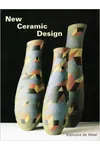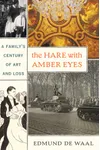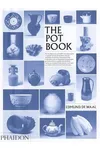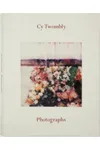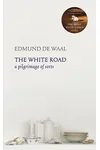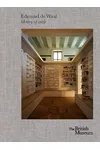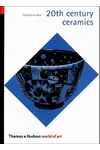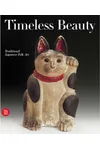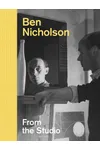Picture an English artist who weaves stories through porcelain and prose—meet Edmund de Waal! A master ceramicist, poet, and author, de Waal captivates with his ability to transform objects into vessels of memory and history. His bestselling memoir, The Hare with Amber Eyes, and intricate porcelain installations explore themes of diaspora, materiality, and human connection, inviting us to see the world through a poetic lens.
Born in Nottingham in 1964, de Waal’s work blends art and literature, creating a unique narrative that resonates globally. From museum installations to award-winning books, his creations challenge us to pause and reflect on the stories objects tell. Let’s dive into the life and legacy of this remarkable storyteller.
The Making of Edmund de Waal
Edmund de Waal’s journey began in Nottingham, England, where he was born to Esther, a historian, and Victor, a clergyman who later became Dean of Canterbury Cathedral. His early passion for ceramics sparked during his apprenticeship with potter Geoffrey Whiting from 1981 to 1983, igniting a fascination with blending Japanese, Chinese, and medieval English techniques. After earning a BA in English Literature from Cambridge University in 1986, de Waal’s curiosity led him to Japan on a Daiwa Anglo-Japanese Foundation Scholarship, where he studied at the Mejiro Ceramics studio and deepened his craft.
Returning to London in 1993, de Waal shifted from stoneware to porcelain, experimenting with delicate, gestural vessels. His time in Japan also inspired his literary pursuits, including a monograph on Bernard Leach. This blend of art and writing became the cornerstone of his career, setting the stage for his distinctive voice.
Edmund de Waal’s Unforgettable Stories
De Waal’s work defies categorization, merging ceramics with storytelling. His memoir, The Hare with Amber Eyes (2010), traces his Jewish Ephrussi family’s history through 264 Japanese netsuke—tiny sculptures passed down through generations. This poignant tale of loss and survival won the Costa Book Award for Biography, the Royal Society of Literature Ondaatje Prize, and was translated into over 30 languages, cementing de Waal’s literary acclaim.
His second book, The White Road (2015), is a lyrical journey through porcelain’s history, from ancient China to modern Europe. De Waal’s prose, intimate and evocative, mirrors the fragility of his ceramic vessels. In 2021, Letters to Camondo offered imagined letters to Count Moïse de Camondo, exploring memory and loss through a Parisian art collection. His installations, like Signs & Wonders (2009) at the Victoria and Albert Museum, feature hundreds of porcelain vessels arranged poetically, transforming spaces into meditations on time and place.
De Waal’s style is minimalist yet profound, drawing inspiration from poets like Hanshan and artists like Donald Judd. His work, whether clay or words, invites contemplation, slowing down our perception of history and materiality. Collaborations with poets and musicians further enrich his multidisciplinary approach, making each piece a dialogue between mediums.
Why Edmund de Waal Matters
Edmund de Waal’s impact lies in his ability to bridge art, literature, and history, creating spaces for reflection in a fast-paced world. His installations, exhibited globally from the Gagosian Gallery to the Kunsthistorisches Museum, challenge how we interact with objects and their stories. His writing, celebrated for its emotional depth, has reshaped memoir and historical narrative, earning him accolades like the Windham-Campbell Prize for Non-Fiction in 2015.
De Waal’s work resonates because it speaks to universal themes—memory, loss, and connection—while remaining deeply personal. By honoring the past through objects, he reminds us of our shared humanity, making him a vital voice in contemporary art and literature.
About Edmund de Waal
- Born: September 10, 1964, Nottingham, England
- Key Works: The Hare with Amber Eyes, The White Road, Letters to Camondo
- Awards: Costa Book Award (2010), Royal Society of Literature Ondaatje Prize (2011), Windham-Campbell Prize (2015)
- Notable Exhibitions: Victoria and Albert Museum, Gagosian Gallery, Kunsthistorisches Museum
Snag The Hare with Amber Eyes and dive into Edmund de Waal’s poetic world of art and memory!


